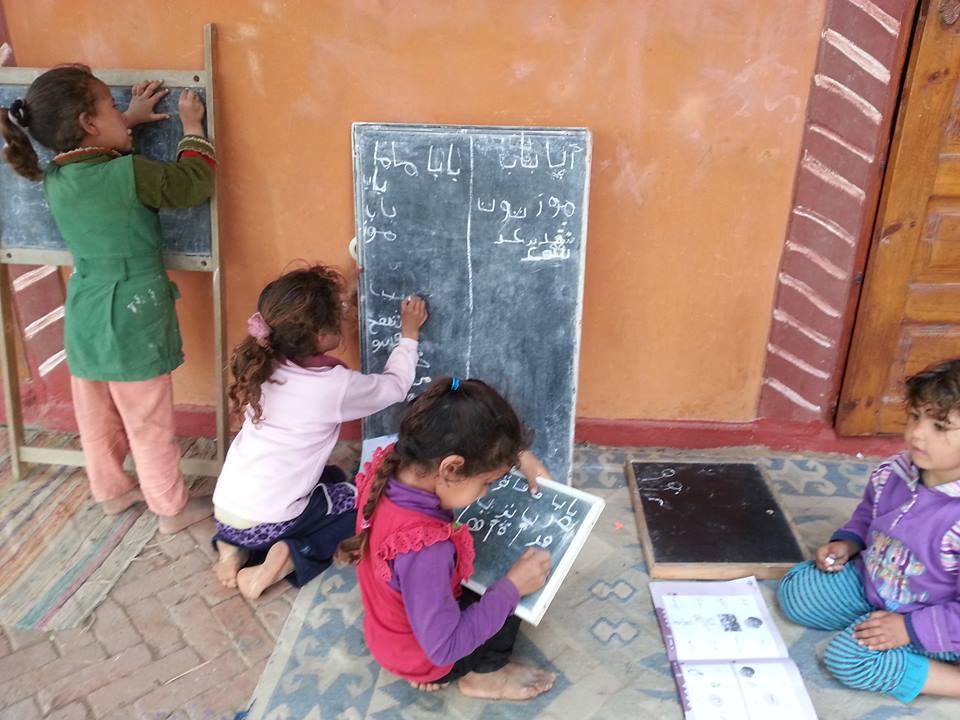After the idea of a unfastened confederation failed to realize assist by the republics of Yugoslavia, Kučan favoured a controlled means of non-violent disassociation that might allow the collaboration of the former Yugoslav nations on a brand new, different basis. In September 1989, quite a few constitutional amendments were passed by the Assembly, which launched parliamentary democracy to Slovenia. On 7 March 1990, the Slovenian Assembly passed the amendment XCI altering the official identify of the state to the Republic of Slovenia dropping the word ‘Socialist’. Slovenes whose territory fell beneath the rule of neighboring states Italy, Austria and Hungary, had been subjected to insurance policies of assimilation. In the late 18th century, a strategy of standardarization of Slovene language began, promoted by Carniolan clergymen like Marko Pohlin and Jurij Japelj.
Slovenian territory was part of the Roman Empire, and it was devastated by Barbarian incursions in late Antiquity and Early Middle Ages, for the reason that main route from the Pannonian plain to Italy ran through present-day Slovenia. Alpine Slavs, ancestors of recent-day Slovenians, settled the world in the late 6th Century A.D. The Holy Roman Empire managed the land for practically 1,000 years, and between the mid 14th century and 1918 most of Slovenia was underneath Habsburg rule. In 1918, Slovenes shaped Yugoslavia along with Serbs and Croats, while a minority got here under Italy. Slovenia gained its independence from Yugoslavia in June 1991, and is today a member of the European Union and NATO. Between 1945 and 1948, a wave of political repressions happened in Slovenia and in Yugoslavia.
Following the re-institution of Yugoslavia at the end of World War II, Slovenia became part of the Socialist Federal Republic of Yugoslavia, declared on 29 November 1943. A socialist state was established, however due to the Tito-Stalin cut up, economic and personal freedoms had been broader than in the Eastern Bloc. In 1947, Italy ceded a lot of the Julian March to Yugoslavia, and Slovenia thus regained the Slovene Littoral. During WWII, Nazi Germany and Hungary occupied northern areas (brown and darkish inexperienced areas, respectively), whereas Fascist Italy occupied the vertically hashed black area, including Gottschee area.
Languages
DEMOS defeated the former Communist party in the parliamentary elections, by gathering 54% of the votes. A coalition authorities led by the Christian Democrat Lojze Peterle was formed, and began financial and political reforms that established a market economic system and a liberal democratic political system. At the identical time, the government pursued the independence of Slovenia from Yugoslavia. Numerous grass-roots political, inventive and intellectual movements emerged, including the Neue Slowenische Kunst, the Ljubljana faculty of psychoanalysis, and the Nova revija mental circle. By the mid-Eighties, a reformist fraction, led by Milan Kučan, took control of the Slovenian Communist Party, starting a gradual reform in direction of a market socialism and managed political pluralism.
During Fascism, a policy of Italianization was pursued, and all public use of Slovene was banished throughout the region. After World War Two, these areas were annexed to Socialist Yugoslavia, and the overwhelming majority of the Italian-speaking population of the coastal town was either expelled by the Communist regime or decided to flee to Italy, in what became generally known as the Istrian Exodus.
More than 50,000 extra followed in the subsequent decade, incessantly for financial causes, in addition to political ones. These later waves of Slovene immigrants largely settled in Canada and in Australia, but additionally in other western nations. The two combating factions have been the Slovenian Partisans and the Italian-sponsored anti-communist militia, later re-organized under Nazi command because the Slovene Home Guard. Between 1943–1945, smaller anti-Communist militia existed in parts of the Slovenian Littoral and in Upper Carniola, whereas they have been virtually non-existent in the rest of the country.
Warm garments for going to the caves!
Between 1848 and 1918, quite a few establishments (together with theatres and publishing houses, in addition to political, financial and cultural organisations) have been founded within the so-called Slovene National Awakening. Despite their political and institutional fragmentation and lack of correct political representation, the Slovenes have been capable of set up a functioning nationwide infrastructure.
Visit Vrhnika and be taught in regards to the historical past of the Ljubljana Marshes, the place the oldest wood wheel in the world was discovered. Borut Pahor was Prime Minister of Slovenia from November 2008 until February 2012. Faced by the global financial disaster his authorities proposed financial reforms, however they were rejected by the opposition leader Janez Janša and blocked by referenda in 2011. On the other hand, the voters voted in favour of an arbitration settlement with Croatia, aimed to resolve the border dispute between the nations, rising after the breakup of Yugoslavia. The first nation to recognise Slovenia as an unbiased nation was Croatia on 26 June 1991.

fascinating facts about Slovenia, the nation where one in 20 people hold bees
However, the intellectual circle around the philologist Matija Čop and the Romantic poet France Prešeren was influential in affirming the thought of Slovene linguistic and cultural individuality, refusing the idea women of slovenia of merging the Slovenes right into a wider Slavic nation. The Slavic ancestors of current-day Slovenes settled within the East Alpine area on the finish of the 6th century.
Slovenia, which had lower than 10% of total Yugoslav population, produced round a fifth of the nation’s GDP and a fourth of all Yugoslav exports. The political disputes around economic measures was echoed in the public sentiment, as many Slovenes felt they were being economically exploited, having to sustain an expensive and inefficient federal administration.
Go up to Ljubljana Castle
Slovenia boasts a somewhat well developed network of cultural institutions, organisations and cultural associations similar to the most developed European nations. There is a wealthy cultural life not only in the country’s major towns, but in nearly each nook of Slovenia.
